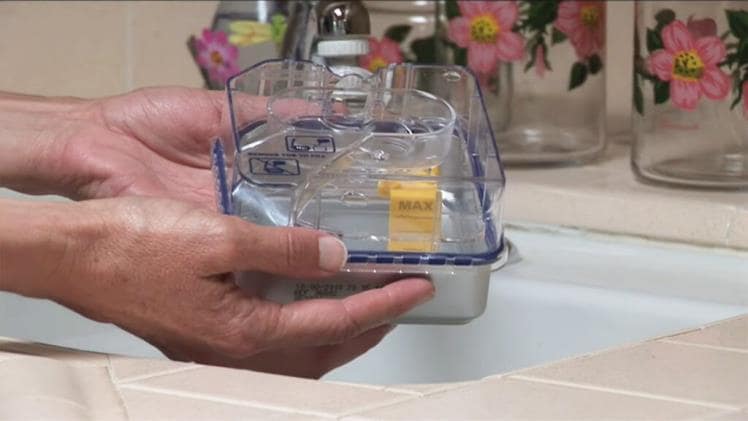Your Continuous Positive Airway Pressure (CPAP) machine becomes an integral part of your daily routine if you are diagnosed with sleep apnea. You can breathe comfortably and get a good night’s sleep because of it. You need a regular sleep schedule for both your health and wellbeing. Persistent sleep apnea can have a variety of negative effects, from general fatigue to more serious conditions including heart disease and stroke.
For a new patient, using a CPAP machine to manage everyday life might be scary. You will learn that the CPAP machine may assist liberate you from the negative consequences of sleep apnea, though, if you pay it a little further attention and care. As a result, you will be able to lead a more useful, rested, and productive life throughout the day.
Understanding Your CPAP Device
Once you begin utilizing the CPAP, you must give it frequent, comprehensive maintenance. To do this, it helps to comprehend how the machine works. You can breathe regularly and without restriction thanks to your CPAP machine, which forces air into your airways via the use of a mask. The air flows through the Cpap, where it would be humidified and filtered, before entering your lungs. If your gear is not properly cleaned, the air that gets into your lungs might get polluted, which could cause infections or breathing problems.
The CPAP fluid container needs your care the most out of all the parts of your CPAP machine. The CPAP machine’s optional humidifier regulates the amount of moisture in the air that is delivered to your lungs. This avoids the dryness, discomfort, and other negative consequences of dry air on the nose. As the CPAP device cycles the air, the humidifier takes water as from CPAP storage tank to keep air moist. Your CPAP water tank may be easily and cheaply cleaned.
Cleaning the CPAP water reservoir
Start off by making sure to closely adhere to the recommendations made by both your physician and the maker of the CPAP equipment. Even though the gadgets are easy to clean, a blunder might lead to damage that would be expensive to fix or replace. If you are aware with the machine’s instructions, you can prevent committing these errors.
- Only use distilled water to fill your water chamber. For CPAP water containers, most manufacturers advise using distilled water since it prevents mineral buildup in the tank. Additionally, using tap water could promote microbial development in the tank.
- The CPAP water tank should be cleaned at least once each week. The most length of time that should go before washing the CPAP bottle of water is a week, according to manufacturers and doctors.
- Prior to cleaning, sleep apnea specialists advise immersing the parts of the CPAP machine in water and soap for fifteen to thirty minutes.
- Use hot water to soak or clean your CPAP water bottle. Significantly more effectively than cold water, it eliminates contaminants.
- You can clean with normal tap water on a daily basis. You should soak the CPAP water chamber in hot water and vinegar if you see mineral buildup or mould development. To confirm vinegar is suitable for your particular device, check your user’s manual or get in touch with the manufacturer. A ratio of 1 to 2 parts vinegar to 3 parts water is advised. Before refilling this with distilled water, don’t forget to completely wash it with clean water.
- If hot vinegar and water are unsuccessful, you should use a CPAP water reservoir cleaning solution. Make sure the cleaning agent you use is more effective than vinegar while yet being gentle enough not to damage the machine’s components.
- For better rinsing, fill the CPAP water tank with water or a cleaning solution and start shaking it well before emptying it. Shaking the CPAP water tank makes sure that clean water gets into every nook and cranny and that any leftover contaminants are eliminated.
- The last step in cleaning the CPAP water tank is to let it air dry. Make sure there is no dampness remaining in the tank before using it again.
- Be careful when cleaning the machine parts to prevent damage.
- Lastly, you should clean the CPAP water tank and other washable parts more often if you have been ill.

